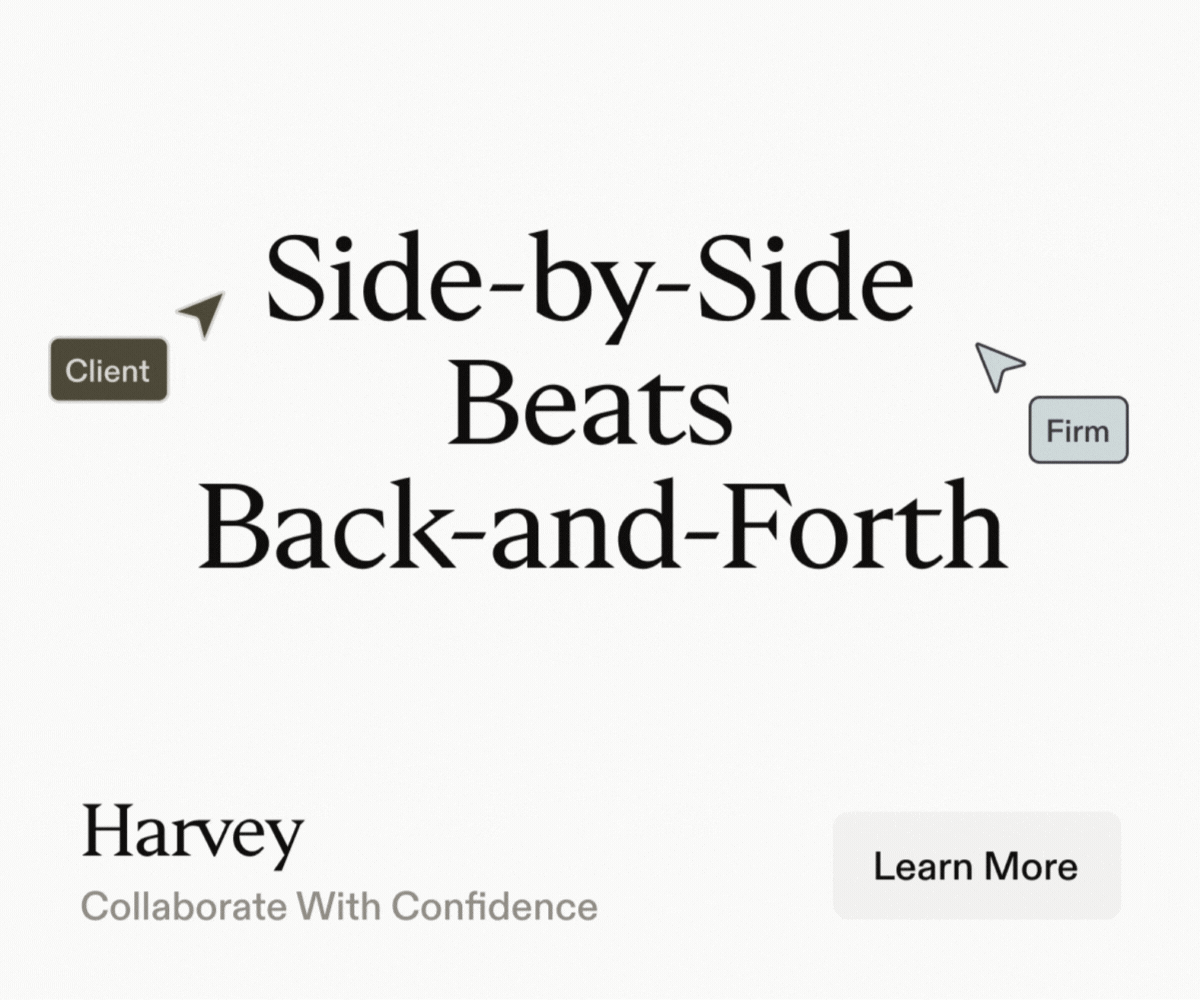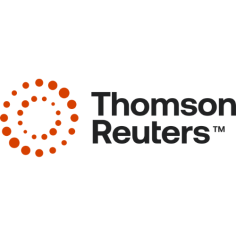A clearer client view
It has now been over a decade since the pace of conversation surrounding what constitutes good value to law firm clients really picked up. The triggering of the 2008 recession gave rise to renewed calls for ‘more for less’ in many quarters, and firms responded with measures including a range of alternative fees to the hourly rate, resourcing changes such as through shared-service centres, and more creative ‘client listening’ exercises.
Of course, some would contend the hourly rate is an incentive to inefficiency that continues to burden the profession to this very day. Elsewhere, however, new functions that now involve clients in collaborative exercises such as continuousimprovement feedback loops and legal process mapping certainly point to progress connecting the dots in some respects.
Elisabet Hardy, vice president of financial and practice product management at Thomson Reuters, says: “Talking to our customers, we hear that the business challenges for firms – from more efficient working, to improving knowledge transfer and innovating around pricing – haven’t really changed that much. The biggest change of all appears to be that law firms are now making serious, tangible efforts at trying to change.”
There’s a growing recognition that this requires strategic investment in efficiency-enhancing technology, she says; a new pricing solution perhaps? However, that process introduces a number of new challenges while attempting to overcome the old ones. “If your lawyers aren’t truly working to the budget the technology’s tracking, it’s wholly ineffective,” says Hardy.
“In addition, the setup of legal software hasn’t necessarily helped firms in their efforts to collaborate more efficiently and transparently with their clients. Historically, there have been multiple disparate systems to integrate and navigate. Even now it can be very difficult to follow a single workflow fully, end-to-end.”
Map your hands
2019 is the year that Thomson Reuters has set out to make huge inroads into solving this paradox in the legal process, she says. Launching in April 2019, the new cloud-based solution Panoramic brings the knowhow and knowledge resources of the Practical Law offering together with real-time budget and matter progress data, managed and delivered through the 3E financial management system. The team of legal editors at Practical Law will manage a new set of dynamic and customisable matter maps, which not only present phase and task information, but also proactively guide lawyers through the specific sequence of tasks required to keep their matters within scope. Dashboards display progress alongside what has earlier been agreed with the client.
And while this is all to the good of day-to-day operational efficiency – and ideally profitability – it’s also strategically important for building out the broader firm/client relationship.
Hardy continues: “Firms will often have great client partnership programmes in place already, but Panoramic is designed to position them as an even better overall business partner by demonstrating value more clearly, executing on matters more confidently, and facilitating a more transparent and holistic conversation.”
Emily Colbert, vice president of product management for Practical Law, explains: “One of the biggest challenges for lawyers has always been initially scoping and communicating a matter plan with confidence, and then sharing the right updates at the right times to avoid really unpleasant surprises for clients later on. With the integration of Practical Law, the financial data generated is presented in the context of the legal work and in a language lawyers can more readily understand.” That can help them to improve the quality of their commercial conversations with clients, she explains. “The practical guidance fed to fee earners can be used to customise a complex matter plan upfront, but also to prompt any conversations about work or price adjustments that much more proactively.”
There may even be more productive internal conversations about value for firms, says Hardy, as there are elements, such as data analytics, to support the work of finance, pricing and project management professionals, as well as the fee earner who is following the specific matter map through to completion. Indeed, all the management data in Panoramic can be kept to support future pricing strategy and improve client relationship-nurturing efforts. that much more proactively.” There may even be more productive internal conversations about value for firms, says Hardy, as there are elements, such as data analytics, to support the work of finance, pricing and project management professionals, as well as the fee earner who is following the specific matter map through to completion. Indeed, all the management data in Panoramic can be kept to support future pricing strategy and improve client relationship-nurturing efforts.
Colbert continues: “The partners can consider whether particular pieces of work have been priced as well as possible to achieve the desired profit – while clients don’t just want to be sold a solution to a legal problem; they also want firms to help them to avoid similar problems in future.” Technology that might produce that outcome is increasingly being involved in the pitch for client work or a panel place, she says.
“Clients want the value from their firm relationship to accumulate, for example, by avoiding the inefficient repetition of work. However, larger firms in particular can be challenged to successfully institutionalise all knowledge gained from historic matters. The exact same team can’t necessarily be reassembled for a client, but the plan, data, documents and resources can all be captured to inform a similar piece of work in future.”
That’s before you even begin to consider the impact on a relationship of a lawyer’s ‘well-timed’ lateral move – something that can hardly be ruled out, however collaborative your culture. “Firms need to be in a position where they can persuade clients that valuable knowledge stays with them, even when the star lawyer leaves.”
Clients first in future
The joining of the two ‘sides’ of legal work – the business of law through the 3E financial management system and the practice of law through the Practical Law application – in this new product is also mirrored in some recent organisational changes for Thomson Reuters.
Hardy explains: “As a business, we’ve moved from organising ourselves around our products to organising by what makes most sense for each of our clients.” This has led to new segments and sub-segments, not least a division now encompassing all products (including Panoramic) for the whole of the Europe region, and another specifically for the largest global clients.
This is enabling Thomson Reuters to pursue more holistic customer conversations around the value of legal technology, just as they plan for Panoramic to facilitate between those customers and their clients about legal strategy.
Indeed, Colbert points out that it’s very much part of a broader trend for technology and professional advice to ‘go into battle’ together. “It’s no longer enough to have a great system for teams of finance specialists – lawyers need to be able to participate as well. Part of the mandate for a new system can be to drive lawyers toward working in different ways, and for that you need buy-in from the very beginning.”
Panoramic will, of course, need that allpowerful fee-earner buy-in factor too – something Thomson Reuters will hope to attract through a combination of time-saving on tasks and just-intime relevant content. Underpinning this is a renewed focus on bringing together data, insights and technology in order to drive lawyer and law firm decision-making.
“If you want lawyers to get really excited about adopting a new piece of technology, you need to introduce something that really makes it worth their while.
“Project management isn’t new in itself, but what we do believe is new is pulling all of this together into a single experience. The lawyer isn’t forced to spend time searching for information; instead, guidance about the next task in the chain finds them when they need it.”
It continues a journey for the Practical Law business that has already introduced scalable efficiency gains from document automation with Contract Express. Now, with Panoramic, it’s out to improve the efficiency of even the most complex legal matters, such as the mighty M&A transaction.
“The truth is that we’ve really found project management approaches too rigid for that complexity of work until now,” says Hardy. “It needed the new flexibility built in first, to help lawyers change course if risk levels or other facts of their matter changed.”
Meanwhile, steady investment in the Practical Law knowledge bank is bound to continue as well, adds Colbert – fuel for the Panoramic matter maps of the future. “From the uncertainty of Brexit, through to impacts of moving jurisdictions and charting big changes to disputes procedures, keeping the content really current is of course key.”
And finally, Briefing readers will be pleased to hear that Thomson Reuters will keep listening to its own clients. Panoramic was, after all, born of collaboration with two law firm ‘co-design partners’ and more than 20 ‘innovation advisers’.
“The approach is to be as close to our clients as possible to understand what’s most taking up people’s time, and act to change that,” concludes Hardy. “If we can automate to remove unnecessary steps from the workflow of their day-to-day lives, that’s a win for both of us.” And, we often hear, the more perspectives you can get involved in the decision-making, the more efficient the eventual machine.



